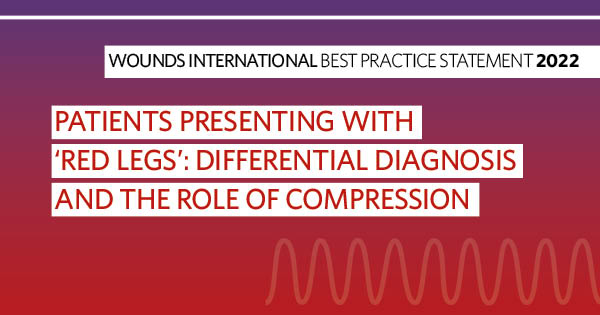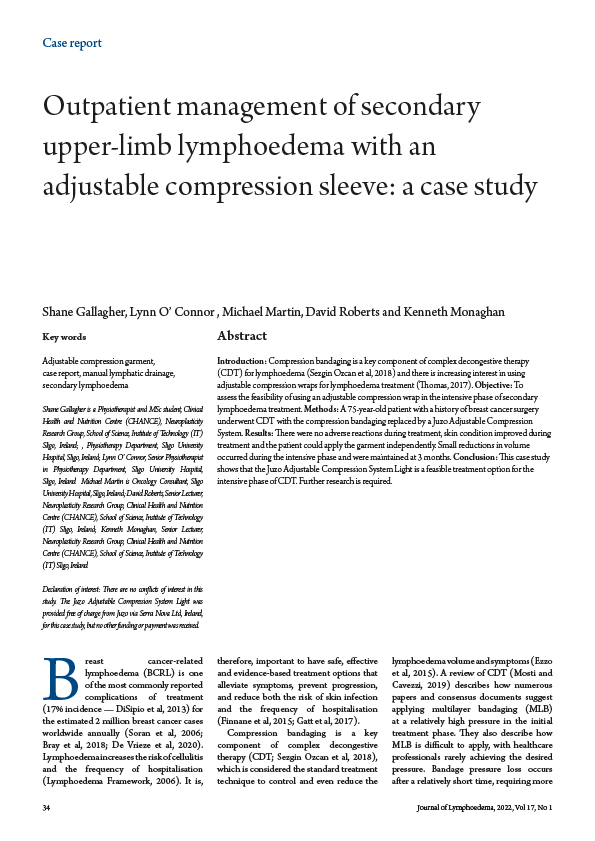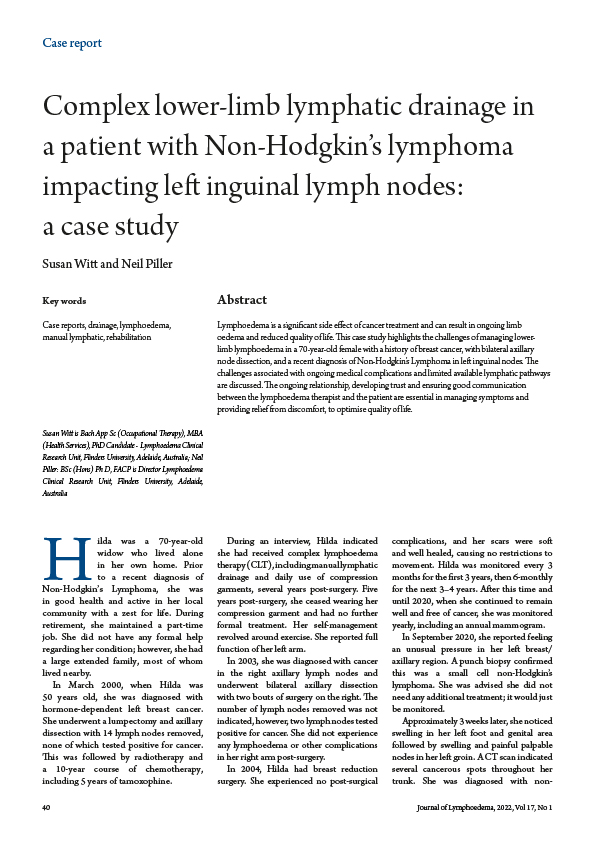<p>A recent editorial in Lymphatic Research and Biology suggests that many cases of apparent secondary lymphoedema may, in fact, have an underlying primary cause, even though the primary event cannot yet be identified (Rockson, 2008). A primary disease is usually defined as one arising spontaneously and not associated with, or caused by, a previous disease or injury, while secondary disease is one that follows and results from an earlier disease, injury, or event.</p>





